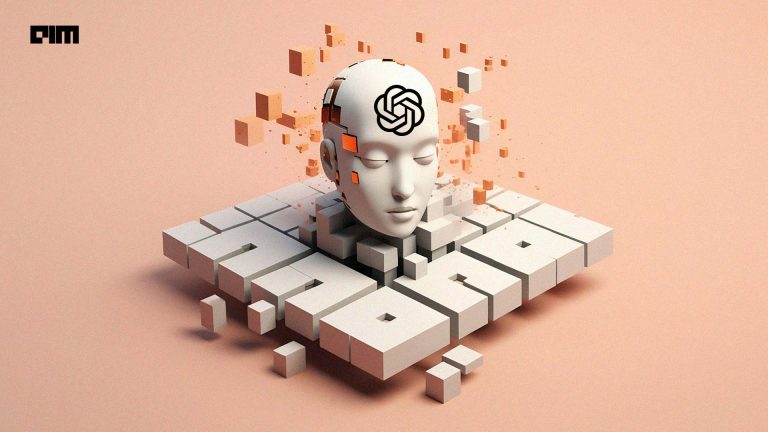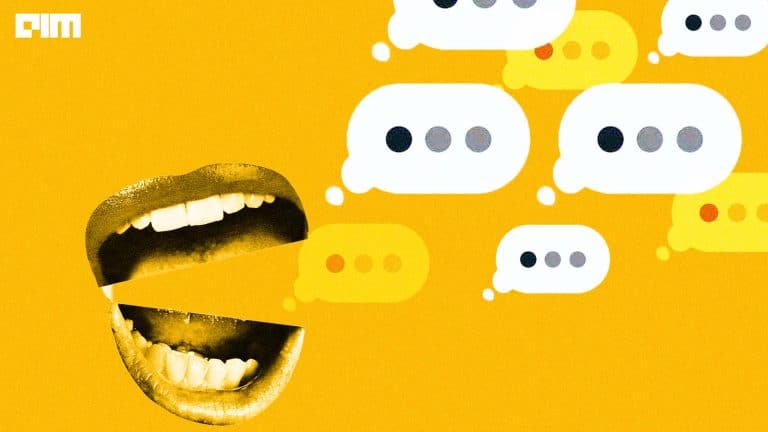|
Listen to this story
|
Elon Musk co-founded OpenAI—-the firm behind the wildly popular ChatGPT. But he has been vocal about the company not staying true to its name. Musk recently tweeted expressing his disappointment at the company becoming “a closed source, maximum-profit”.
“OpenAI was created as an open source (which is why I named it “Open” AI), non-profit company to serve as a counterweight to Google, but now it has become a closed source, maximum-profit company effectively controlled by Microsoft,” he tweeted.
The company has previously faced criticism for its closed-door policy, not only from the Tesla CEO, but a host of industry experts and members of the open-source community. The company has been accused of taking advantage of the open-source community without giving back.
However, OpenAI is now trying to embrace the open-source approach. By going open again with its ‘Consistency Models’, OpenAI is positioning itself for greater collaboration and contribution to the open-source community.
The company has previously open sourced quite a few models. Here are some Open source models from OpenAI:
Evals:
OpenAI open-sourced a software framework called Evals that allows users to evaluate the performance of AI models. The framework enables users to identify deficiencies in their models and provide feedback to direct improvements. OpenAI staff will actively review these evaluations when considering improvements to upcoming models. The tools are aimed at creating a vehicle to share and crowdsource benchmarks that represent a wide set of failure modes and difficult tasks. OpenAI plans to grant GPT-4 access to those who contribute high-quality benchmarks.
Whisper:
OpenAI introduced a multilingual speech recognition system called Whisper in September of 2022. Whisper is trained on 680,000 hours of multilingual and multitask supervised data. Whisper uses a simple end-to-end approach implemented as an encoder-decoder Transformer and has improved recognition of background noise, unique accents, and technical jargon. It does not beat models that specialise in LibriSpeech performance but shows robust zero-shot performance across many diverse datasets, making 50% fewer errors than other models. The open-sourced models and inference code will allow developers to add voice interfaces to a wider set of applications.
Spinning up:
Spinning Up is an educational resource by OpenAI for learning about deep reinforcement learning (deep RL), which is a combination of machine learning and deep learning. It includes an introduction to RL terminology and theory, an essay on becoming an RL researcher, a list of important papers, code implementations of key algorithms, and exercises.
CLIP:
OpenAI CLIP is a machine learning model that uses natural language descriptions of images to perform tasks related to natural language and image processing. It can classify images, detect objects, and retrieve images based on text prompts. CLIP is trained on a large dataset of images and captions and is available as an open-source model. Its unique feature is that it can perform well on a variety of tasks without the need for annotated image data.
Jukebox:
OpenAI Jukebox is a generative model that creates music using deep neural networks trained on a large dataset of music samples from various genres. It can generate original music samples that are similar in style and structure to different types of music. Jukebox can also generate music with lyrics based on a given prompt. It is an open-source project used by researchers and musicians worldwide to explore the capabilities of generative models in the creative arts.
Point-E
OpenAI’s GPT-3 Point-Eleven or Point-E is an optimised variant of its language model GPT-3 for conversational AI applications. It uses a larger context window and other optimisations to improve the naturalness and coherence of the model’s responses in conversations. Point-E is not available as a standalone model, but is offered through OpenAI’s GPT-3 API, which provides various language-based services, including text completion, question-answering, and conversational AI.


















































































